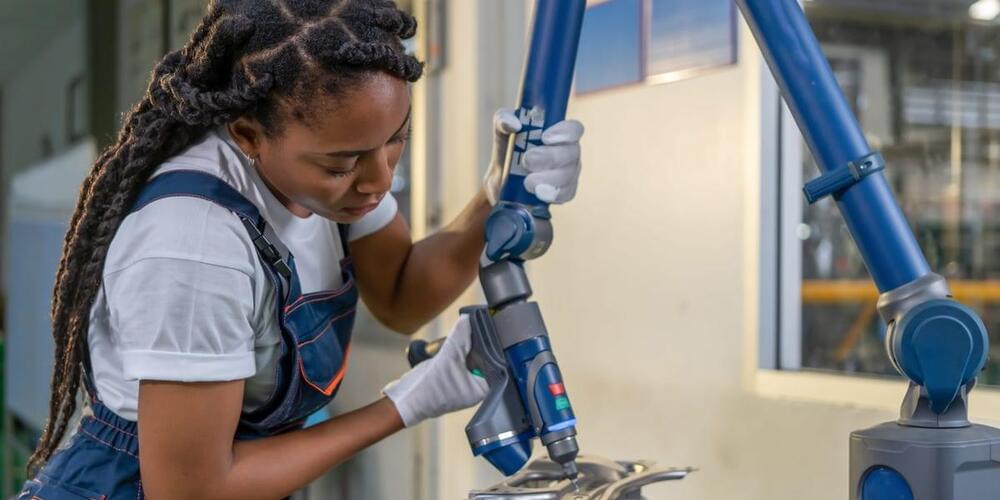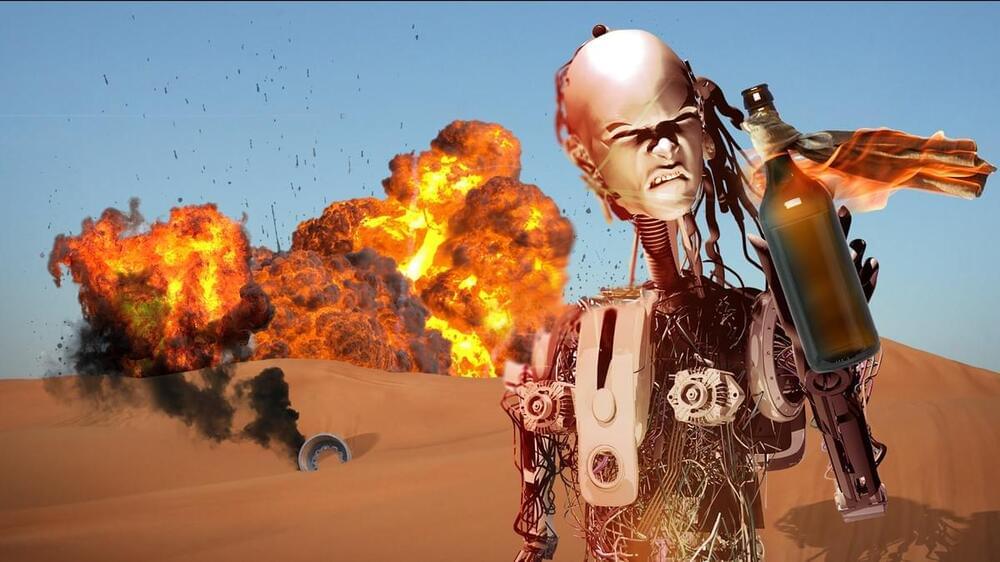The competition between digital currencies and artificial intelligence for the hearts and minds of tech innovators — and the wallets of venture capitalists — reflects a more general dichotomy.




WASHINGTON, June 22 (Reuters) — Evidence is growing about the many ways that traveling in the microgravity environment of space tampers with the human body, with new research showing how it dials down the activity of genes in white blood cells crucial to the immune system.
A study involving 14 astronauts who spent 4−1÷2 to 6−1÷2 months aboard the International Space Station found that gene expression in these cells, also called leukocytes, quickly decreased when they reached space and then returned to normal not long after returning to Earth, researchers said on Thursday.
The findings offer insight into why astronauts are more susceptible to infections during flights, showing how the body’s system for fighting off pathogens is weakened in space.

Low-cost, flexible displays that use very little energy could be a step closer, thanks to an innovation from the University of Surrey that solves a problem that has plagued source-gated transistors (SGT). The study has been published by IEEE Transactions on Electron Devices.
Dr. Radu Sporea, project lead from the University of Surrey, said, We used a rapidly emerging semiconductor material called IGZO or indium-gallium-zinc oxide to create the next generation of source-gated transistors. Through nanoscale contact engineering, we obtained transistors that are much more stable with temperature than previous attempts. Device simulations allowed us to understand this effect.
This new design adds temperature stability to SGTs and retains usual benefits like using low power, producing high signal amplification, and being more reliable under different conditions. While source-gated transistors are not mainstream because of a handful of performance limitations, we are steadily chipping away at their shortcomings.

A study of more than 8 million adults in Ontario, Canada suggests that even a modest loss of kidney function is associated with increased health risks. The study, published in The BMJ, could lead to better approaches to prevent chronic kidney disease and related conditions, particularly in younger adults.
“The dogma is that healthy, young adults don’t need to worry about kidney function unless it drops to around 50% of the normal level, but our research suggests that even a more modest 20–30% drop may have consequences and we may want to have earlier conversations about prevention and monitoring,” said senior author Dr. Manish Sood, senior scientist, nephrologist and Jindal Research Chair for the Prevention of Kidney Disease at The Ottawa Hospital and professor at the University of Ottawa.
The research team examined ICES health record data from 2008 to 2021 for every Ontario adult aged 18–65 who had at least one blood test for kidney function, but no history of kidney disease. They found that 18% of those in the 18–39 age group had kidney function that was modestly below normal levels, but not low enough to be diagnosed with chronic kidney disease. Individuals in this “gray zone” faced a modestly increased risk of kidney failure, death and cardiovascular events such as heart attack.
The secret mode, which the hacker nicknamed “Elon Mode,” allows for completely hands-free driving during Full Self-Driving mode.

“If someone is a good bulls—er, they are likely quite smart,” says Martin Turpin, a graduate student at the Reasoning and Decision Making Lab at the Unversity of Waterloo and co-lead on the study recently published in the scientific journal Evolutionary Psychology.
Turpin and his colleagues found that people who are better at producing believable explanations for concepts, even when those explanations aren’t based on fact, typically score better on intelligence tests than those who struggle to “bulls—,” as the study puts it.” However, it is not the case that those who are not good bulls—ers are less intelligent,” Turpin says.

Stem cells are a kind of blank slate; these cells are able to specialize or differentiate into various types of cells. Researchers also now know how to make stem cells from several adult cell types, so they can be widely used in research. Samples can also be taken from patients, and used to create cells that can be experimented with and studied in the laboratory. But to perform these studies, many cells had to be harvested from a lot of different donors, and then grown separately. Now researchers have developed a method for studying stem cells from many different people in the same dish, which could have major implications for the study of complex traits, drug safety, or personalized medicine.
The research team has called this method a “village in a dish” system, and it has been reported in the open-access journal Nature Communications. The investigators showed that by studying stem cells from many donors in the same culture dish, cell culture studies could be up to one hundred times more efficient.

Immunotherapy is a fast-growing field designed to stimulate the immune system and target different diseases, including cancer. Some immunotherapies include immune cell activation therapies such as checkpoint inhibitors that block the interaction of cell markers which in turn allows the cell to kill the bound tumor cell. One example of a checkpoint inhibitor is anti-programmed cell death-1 (Anti-PD-1). Programmed cell death-1 (PD-1) is expressed on immune cells, specifically T cells. On responsibility of T cells include killing infected cells, such as cancer. The PD-1 marker is bound to PD-L1 on the infected cell and blocks the T cell’s ability to kill the tumor. Checkpoint inhibitors are effective in some subsets of cancer patients, but in more aggressive cancers such as liver cancer, immunotherapy is limited. Interestingly, a recent study in Nature Medicine by Dr. Miriam Merad and colleagues from the Ichan School of Medicine at Mount Sinai recently reported a new strategy to improve immunotherapy in liver cancer.
Merad and colleagues have uncovered a “trio of immune cells” within the tumor that helps improve immunotherapy. Researchers discovered this cohort of cells specifically in hepatocellular carcinoma (HCC), an aggressive and deadly liver cancer. It was demonstrated that specific populations in the tumor would be needed to activate T cells with immunotherapy, specifically anti-PD-1. Increased activation of T cells in HCC is critical because it demonstrates that an aggressive tumor has become sensitized to the immune system.
Researchers studied this phenomenon in patients to determine why some immune cells present in the tumor allow improved immunotherapy response, while others do not. The research team analyzed patient samples before and after checkpoint inhibitor treatment. Analysis was performed through computational methods, which allowed Merad and others to determine the immune cells necessary that help patients improve with immunotherapy. Through this computational cell analysis researchers are able to improve patient outcomes by determining if the “trio of cells” is present in the tumor.